I first walked the wards of St James’s Hospital in April 1983. It was a big moment for our small group of medical students. Up to that point, our teaching had been laboratory and lecture theatre based; now we were to see real patients for the first time.
The TCD medical-school building was an unprepossessing prefabricated building, but one with a curiously welcoming interior. In fact, all of St James’s had a welcoming air. It was if the egalitarian principles upon which the hospital was founded were embedded in the stone walls, seeping out to imbue new arrivals with a friendly “can-do” optimism.
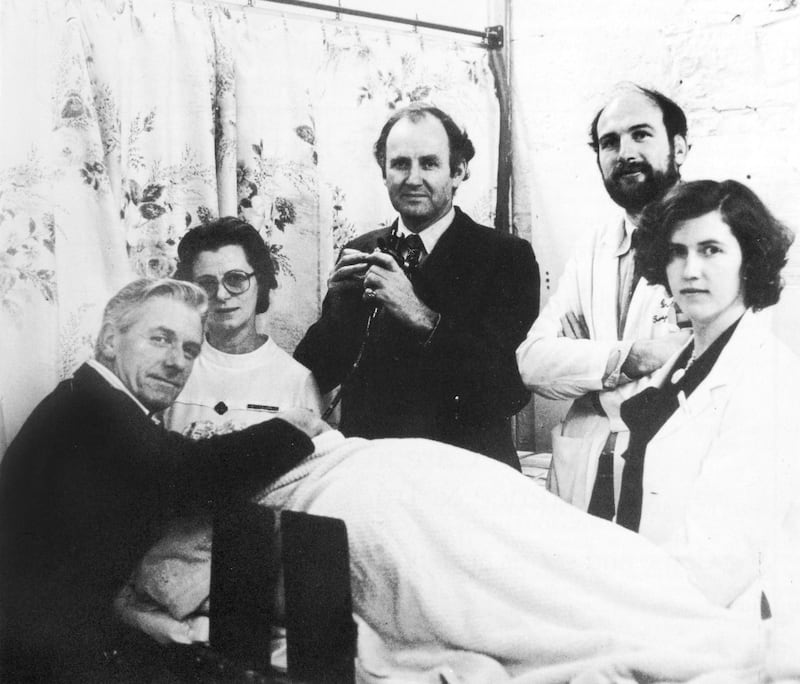
Davis and Mary Coakley outline the early beginnings of the hospital – just a decade earlier – in their new book, The History and Heritage of St James's Hospital, Dublin. "At the time of its establishment in 1971, there were 1,270 beds in St James's. These were housed in seven distinct hospital buildings on a 60-acre site. Most of the buildings were old and separated from each other by open spaces containing fine trees...During the bleak winter days it was far from an ideal arrangement as staff hurried between buildings and patients were ferried around the site in ambulances for different procedures."
Cold winter nights weren’t much fun either. As an intern (first year post-qualification), nightly on-call forays from the doctors’ residence to the wards or to the casualty department while frozen to the bone made one wish for a more integrated hospital.
Long-stay units
In fact, I was an intern to one of the book's authors in the mid-1980s. Davis Coakley was a consultant physician in geriatric medicine in St James's and professor of medical gerontology in Trinity College Dublin. As well as beds for acutely ill older patients, he and his consultant colleagues looked after patients in the long-stay units – people who could no longer manage to live independently in the community. It was a busy job.
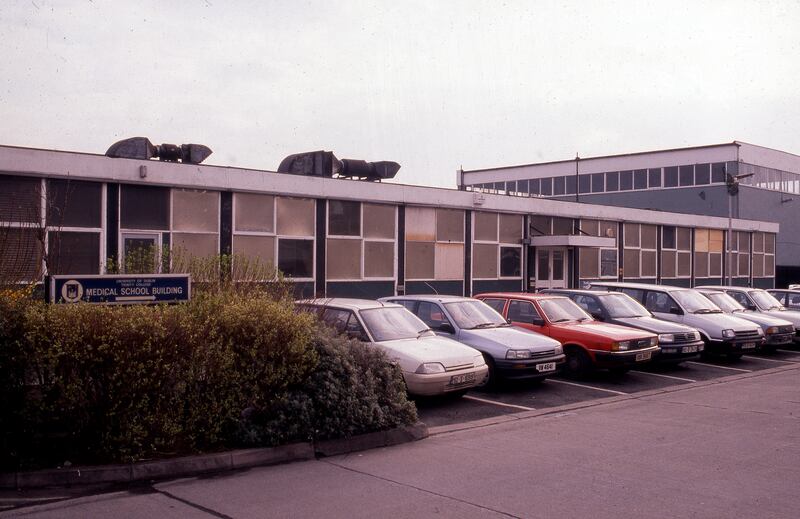
I have two standout memories: one was the February weekend when I thought the grim reaper was on call with me. A flu outbreak had hit the long-stay wards; by the time Sunday night came I think I had certified about 10 patients dead and had done my best to comfort relatives of the deceased. And then there was the night I admitted an older man with a severe case of the DTs (delirium tremens).
He proved resistant to the usual treatment: the only way to calm him down was to give him a continuous IV dose of a much older and less precise medication. In the days before programmable pumps, this necessitated me sitting beside him for the remainder of the night with my thumb delicately placed over the giving set, minutely adjusting the dose so that the patient didn’t expire from respiratory depression (too much) or climb through the second floor window to get away from his demons (too little).
The workhouse played a crucial role during the Great Famine, giving shelter to thousands of starving people
But the history of St James’s stretches back to 1703 when an Act was passed to build a workhouse on its site. Just under 30 years later a foundling hospital was added to the workhouse.
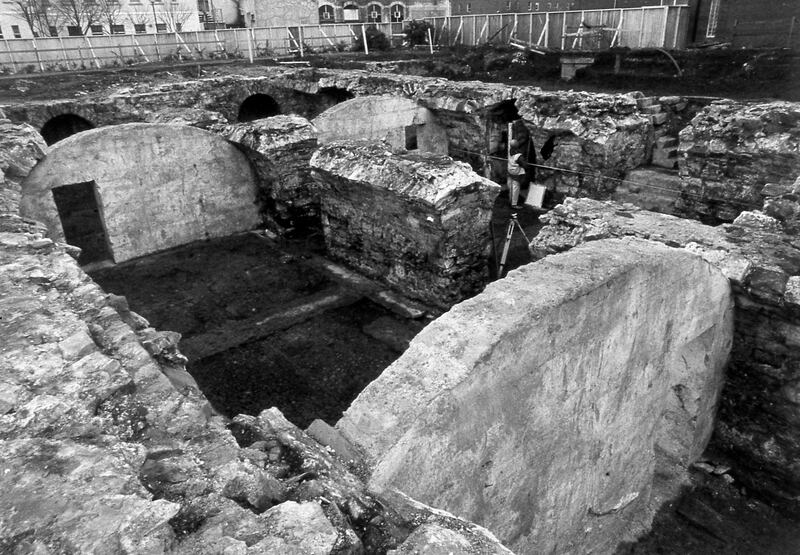
Workhouse
When the Dublin Foundling Hospital was closed in 1829 the buildings were used to house the South Dublin Union Workhouse. The workhouse played a crucial role during the Great Famine, giving shelter to thousands of starving people. The buildings of the workhouse were commandeered by the 4th Battalion of the Irish Volunteers during Easter Week 1916. After Independence the South Dublin Union was renamed St Kevin's Hospital and became a municipal hospital for the poor of the city.
In 1971 three of the oldest voluntary hospitals in Dublin – Mercer's, Sir Patrick Dun's and Baggot Street hospitals, amalgamated with St Kevin's to form St James's Hospital. Over a very short period of time St James's became the largest teaching hospital in Ireland.
It is now a fine institution. The Coakleys have written a comprehensive history of how this came about, and engagingly outline its heritage. Their book would make a welcome gift for historians and health professionals.
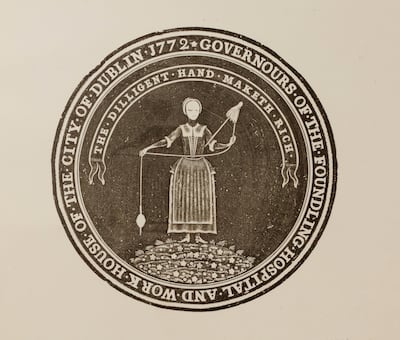
THE FOUNDLING HOSPITAL
While there were a number of factors that led to the setting up of a Dublin foundling hospital, the writings of Jonathan Swift played a key part. He campaigned for action to address the appalling living conditions of the poor, which forced them and their children to become beggars. Swift's satirical essay A Modest Proposal, published in 1729, was followed by the setting up of a House of Lords committee to investigate the problem of abandoned infants.
Its report laid bare the extent of the foundling problem and the Irish parliament passed legislation obliging the governors of the workhouse to admit all abandoned Dublin children. A feature of foundling hospitals across Europe was a turning-wheel mechanism in a wall near the entrance. The anonymity of the system was designed to encourage mothers to bring unwanted children to the hospital rather than to abandon them.
Here is the authors’ description of the Dublin hospital’s turning wheel: “An infant could be placed in a basket attached to the wheel at any time, day or night, and there was a bell to attract the attention of the porter. The porter rotated the wheel, bringing the infant inside. He was instructed to take in all infants delivered at the gate or left in the cradle and not to have any conversation with the individual who brought the children.”
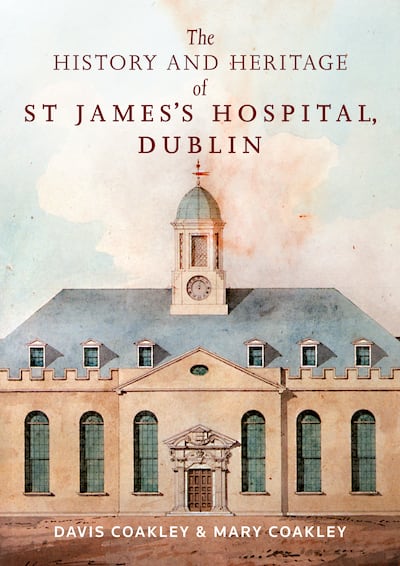
Mortality rate
Foundling hospitals across Europe had an infant mortality rate about twice as high as children cared for at home. At the Dublin Foundling Hospital between the years 1750 and 1760, some 3,797 infants died out of a total of 7,781 admitted.
In 1829, a parliamentary committee decreed there were sufficient alternative charitable facilities for abandoned children and the Dublin Foundling Hospital closed to new admissions in 1831.
– The History and Heritage of St James's Hospital, Dublin, by Davis and Mary Coakley (Four Courts Press) is €36.



















